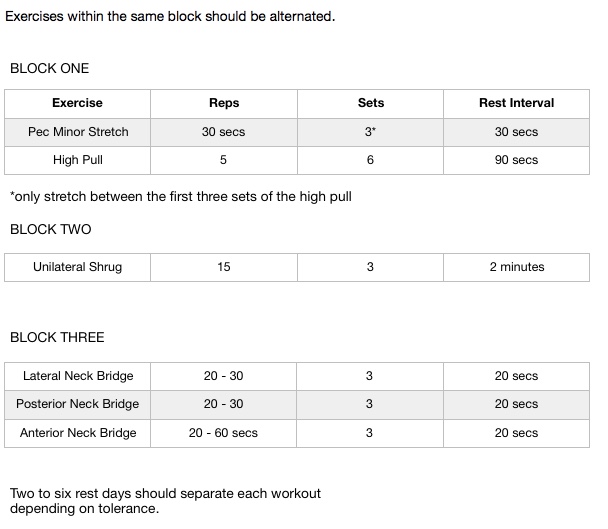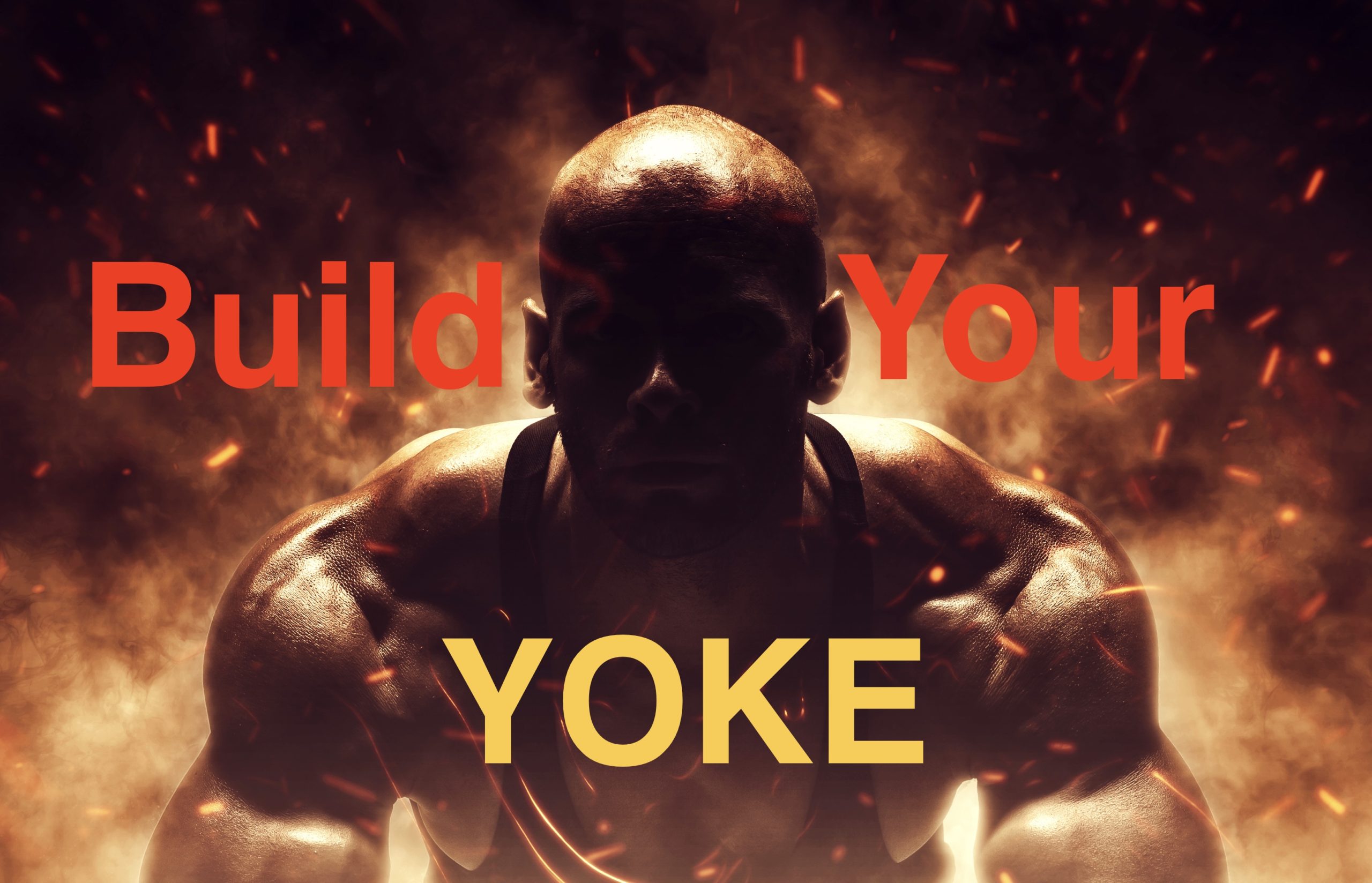Build Your Yoke
Everyone should be yoked. Muscular development of your neck and upper-scapula should match your lifestyle. Extreme lifestyles = extreme yokes. Fighters and football players need insanely strong yokes. In fact, the yoke is a warrior’s most important group of muscles. The head is both a weapon and a target. As a weapon, it can be used as a battering ram or as a “third arm” (used to manipulate an opponent as a regular arm would). As a target, the head absorbs impact (both from strikes and the ground) and must maintain position in order to resist the enemy’s attempts to dominate posture. Heads lose less battles with the support of a strong yoke.
Your neck is your most important piece of safety equipment. Neck strength mitigates the speed and extent of unwanted skull movement (which will occur if you fall or are involved in a motor vehicle accident). Less violent movement of the skull will reduce the severity of brain impact and minimize strain on cervical nerves. Some evidence suggests that for every pound of neck strength gained there is a five percent decrease in the chances of concussion1. Despite everything, the yoke is the most overlooked part of the body in general fitness. Neck conditioning should be a top priority (ESPECIALLY if you or someone you train is prone to falls) in your exercise programming.
Beyond performance and injury prevention, the yoke is the ultimate symbol of savagery. Muscular necks are associated with the most powerful of beasts – bulls, pit bull and lions. Most should want a strong looking, straight neck. The following exercises are the very best for building the foundation of a capable yoke:
*** Beware that the bodyweight neck exercises are for advanced athletes only (who have properly prepared for a high level of neck strain). Beginner friendly exercises will be the subject of a future article.
If I were to arrange these exercises in a program for an ambitious athlete or physical activity fiend it would typically look like this:

There is great debate over which of our features is most important. Is it the core, shoulders, hips or hands? Without a doubt the mantle of the mind matters most.
1Christy Collins, Erica Fletcher, Sarah Fields et al. Neck Strength: a protective factor reducing risk for concussion in high school sports. J Prim Prev Oct 2014
